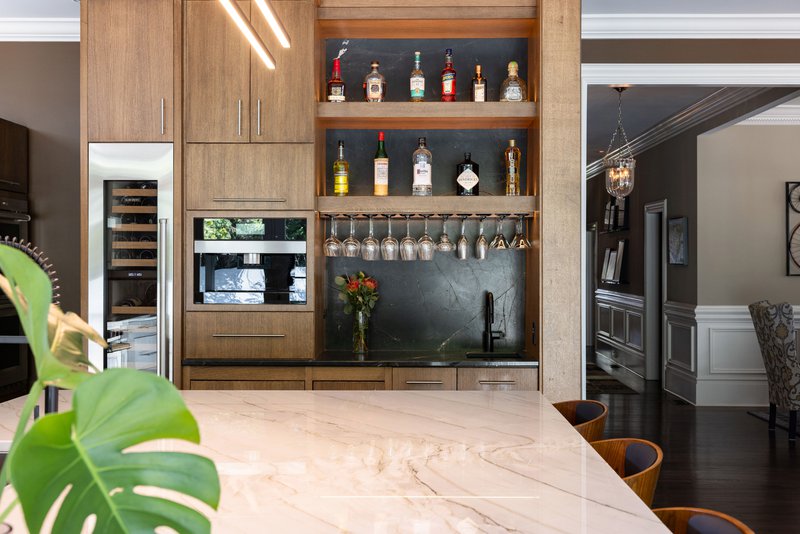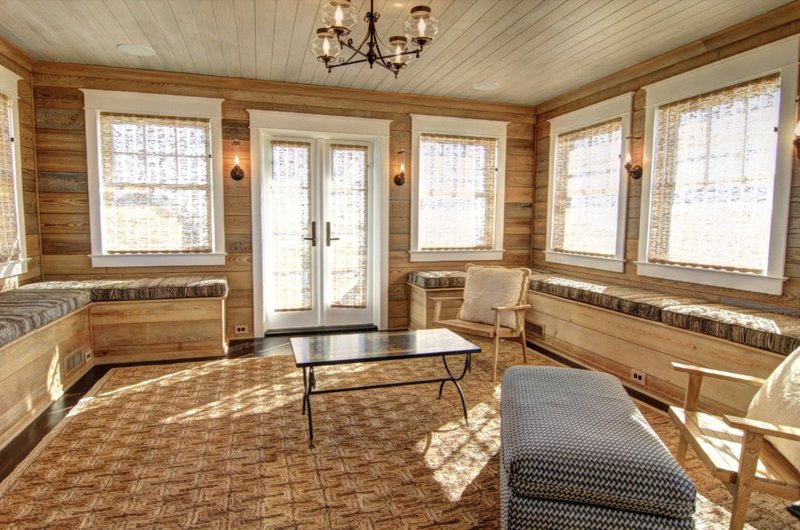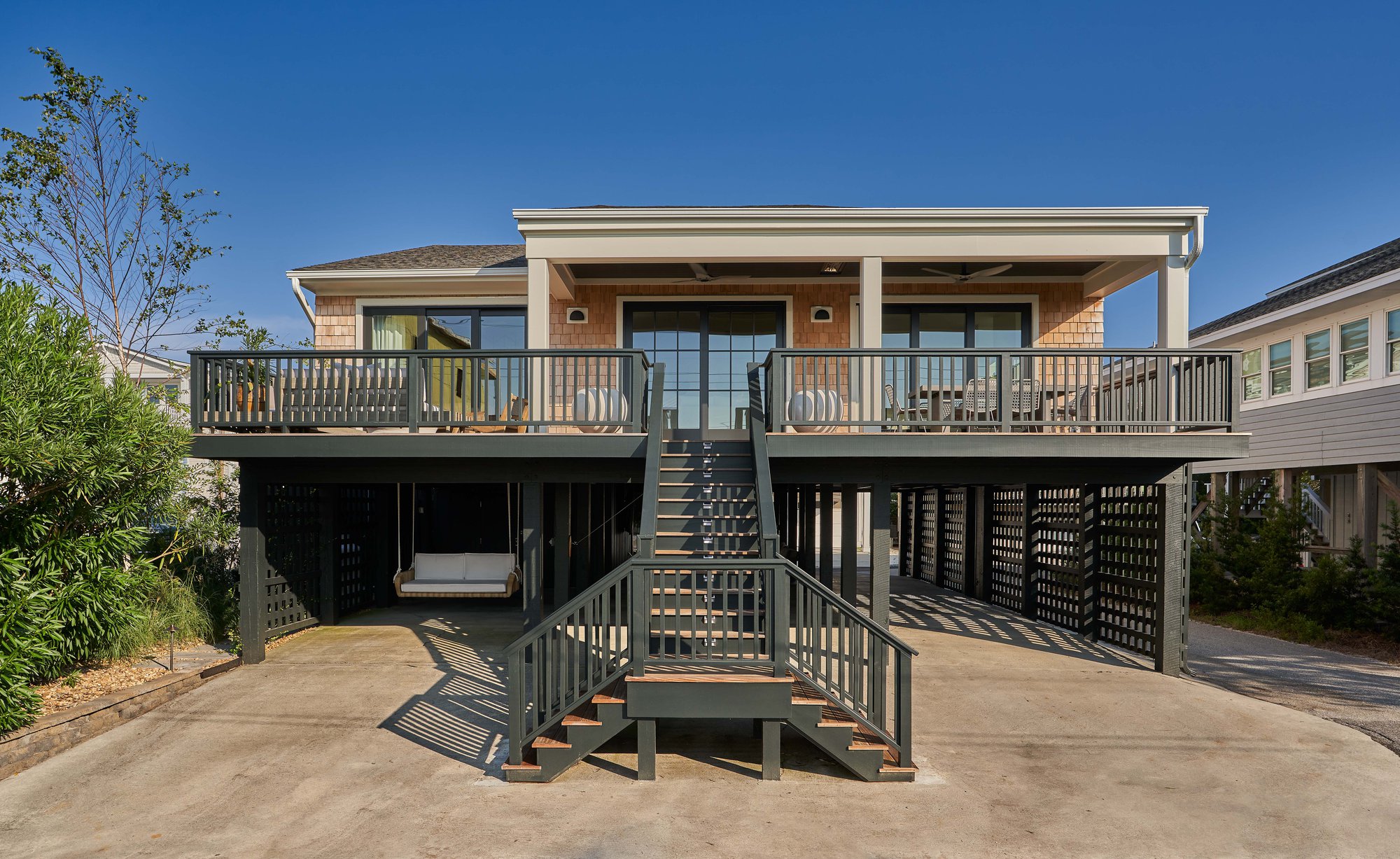Renovating a home is an exciting venture, but it’s one that requires careful planning and budgeting. One of the most frequent concerns for homeowners is managing costs, especially when unexpected expenses begin to stack up. The reality is that home renovation costs often exceed initial expectations, causing unnecessary stress and delays. To avoid the pitfalls of budget overruns, it’s essential to establish a realistic budget from the start and be prepared for potential challenges along the way.
Why Home Renovation Costs Can Spiral Out of Control
Home renovation costs can quickly go beyond what’s originally planned for, especially when various factors contribute to the final bill. Common reasons for budget overruns include changes in the scope of the project, unforeseen repairs, and underestimated labor expenses.
One of the first culprits of escalating costs is scope changes. Renovation projects often evolve as work progresses. Homeowners may decide to add features they hadn’t initially considered, or the contractor might discover hidden issues that require attention. This can lead to significant changes in both the timeline and the cost.

Unexpected repairs can also drive up home renovation costs. As walls are opened up, plumbing systems are altered, or new structures are added, hidden problems such as water damage or outdated electrical wiring can come to light. These are often necessary fixes that add to the overall expense.
Another common mistake is underestimating labor costs. The complexity of a renovation job might not be immediately apparent, and workers may end up spending more time on the job than expected. Additionally, skilled labor is often priced higher, and unforeseen delays can lead to increased labor costs over time.
Setting a Realistic Budget for Home Renovation Costs
Before diving into a renovation project, it’s essential to take a few crucial steps to ensure that costs stay within reason. Establishing a clear and realistic budget from the outset is the first step in preventing financial headaches down the road.
Begin by obtaining a detailed estimate from your contractor. The estimate should cover all aspects of the project, including materials, labor, and a contingency fund for unexpected costs. This allows homeowners to get a more accurate picture of what the project will cost. The contractor should also provide a clear timeline to help manage expectations and prevent delays.
It's also important to prioritize elements of the renovation. While it’s tempting to add upgrades and extras, focus on the essentials first. Items like structural improvements, safety upgrades, and storm protection systems should take precedence over cosmetic enhancements. Once the essential elements are covered, you can consider additional features that may elevate the aesthetic or functionality of your home. Prioritizing the most important aspects will ensure that you’re not over-committing financially at the beginning of the project.
Working with Your Contractor to Stay on Track
Working closely with your contractor is key to staying within your budget. Communication is critical throughout the project. Make sure your contractor understands your budget limitations and that both of you are on the same page about the project’s scope. Regular check-ins throughout the renovation will help ensure everything is progressing as planned.
A good contractor will help you identify potential cost-saving opportunities without compromising quality. They can suggest alternative materials that still achieve the desired outcome but at a lower price point. If the project hits a snag, your contractor should provide you with realistic solutions that won’t break the bank.

Additionally, if you’re renovating with a specific goal in mind, such as improving energy efficiency or safeguarding your home against extreme weather, be sure to communicate these goals clearly to your contractor.
Anticipating Potential Issues Before They Arise
To prevent home renovation costs from getting out of hand, it’s important to be proactive. Some hidden costs can be avoided with proper planning, but some issues are unavoidable. For example, homes in older neighborhoods might have outdated plumbing or electrical systems, and these problems are often discovered only after demolition begins. However, anticipating the possibility of these types of problems and setting aside a contingency fund for such repairs will help keep the project on track.
A contingency fund of at least 10-20% of the total renovation budget is a wise move. This fund can cover unexpected issues, such as the discovery of structural problems or necessary upgrades to meet modern building codes. Having this cushion in place helps to avoid the financial stress that can come with sudden surprises.
Final Thoughts: Creating a Budget You Can Stick To
Renovations can be a rewarding experience when done correctly, and staying within budget is an important part of that process. By planning ahead, communicating with your contractor, and being mindful of potential cost overruns, you can ensure that your renovation project stays on track.
At Konrady & Son Construction, we work closely with our clients to create realistic budgets that reflect their vision and goals for their home. From custom homes to renovations and storm protection systems, we’re here to help you achieve your dream home without breaking the bank.
Ready to build the home of your dreams? Send us a message today.
Leave a Reply Cancel reply
site design
Monday - Friday
8:00 AM- 5:00 PM
435 Eastwood Rd
Wilmington, NC 28403
